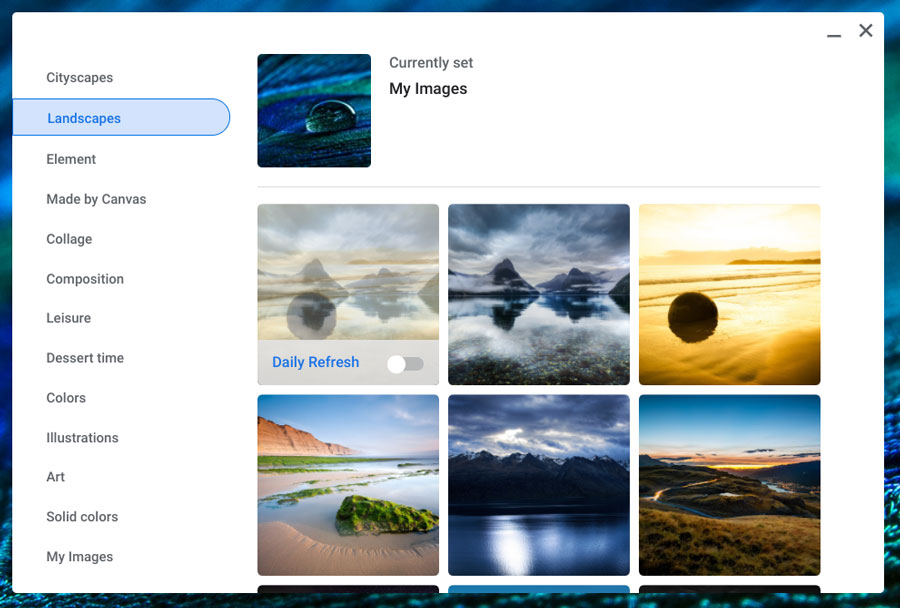Unleashing Potential: A Comprehensive Guide to Chromebook Settings and Customization

Introduction:
In an era dominated by digital connectivity, Chromebooks have emerged as versatile devices, blending simplicity with functionality. Beyond their sleek design and user-friendly interface lies a trove of settings and customization options waiting to be explored. This extensive article aims to be a comprehensive guide, delving deep into the myriad settings and customization features of Chromebooks. From personalization to security, we embark on a journey to unlock the full potential of these devices.
I. Getting Acquainted with Chromebook Settings:
A. System Settings Overview:
- Accessing System Settings
- Overview of the System Menu
- Navigating the Settings Page
B. Display and Wallpaper:
- Adjusting Screen Brightness
- Changing Display Resolution
- Personalizing Wallpaper and Themes
C. Sound and Volume Settings:
- Configuring Audio Output
- Adjusting Volume Levels
- Customizing Notification Sounds
D. Keyboard and Input Methods:
- Modifying Keyboard Settings
- Enabling International Keyboard Layouts
- Exploring Input Methods and Shortcuts
II. Personalization and Customization:
A. Chrome Browser Settings:
- Syncing Browser Data Across Devices
- Managing Extensions and Plugins
- Customizing Homepage and Startup Behavior
B. Wallpaper and Themes:
- Selecting and Changing Wallpapers
- Exploring Chrome Themes for Personalization
- Customizing the Appearance of the Shelf
C. Accessibility Options:
- Enabling High Contrast Mode
- Configuring Screen Magnifier and Large Mouse Cursor
- Exploring Text-to-Speech and Speech-to-Text Features
D. Shelf and Taskbar Customization:
- Pinning and Unpinning Apps
- Rearranging Icons on the Shelf
- Configuring Auto-Hide and Shelf Position
III. Security and Privacy Settings:
A. Managing User Accounts:
- Adding and Switching Between User Profiles
- Configuring Guest Mode
- Setting Up Parental Controls
B. Chromebook Lock and Sign-In Options:
- Configuring Screen Lock Settings
- Exploring Smart Lock Features
- Enhancing Security with Two-Factor Authentication
C. Privacy and Permissions:
- Reviewing and Clearing Browsing History
- Managing Cookies and Site Permissions
- Configuring Do Not Track and Safe Browsing
IV. Advanced Settings and Developer Options:
A. Developer Mode:
- Enabling Developer Mode on Chromebook
- Accessing Developer Tools and Settings
- Installing Linux on Chromebook for Advanced Users
B. Chrome Flags and Experimental Features:
- Navigating the Chrome Flags Page
- Enabling Experimental Features for Testing
- Understanding Risks and Benefits
C. Managing Storage and System Resources:
- Checking Storage Usage
- Configuring Automatic Storage Management
- Optimizing System Resources for Performance
Conclusion:
As we conclude this comprehensive exploration of Chromebook settings and customization, it becomes evident that these devices offer a rich ecosystem of features waiting to be tailored to individual preferences and needs. From personalizing the appearance and enhancing accessibility to securing user accounts and venturing into advanced developer options, Chromebooks provide a versatile canvas for users to shape their digital experiences.
The journey through Chromebook settings is not merely about configuring preferences; it’s about unlocking the true potential of these devices. Whether you’re a casual user seeking a personalized interface or an advanced user exploring developer options, the settings and customization features of Chromebooks cater to a diverse audience. As the world of technology continues to evolve, Chromebooks stand as adaptable companions, ready to accommodate the changing needs and preferences of users around the globe.




